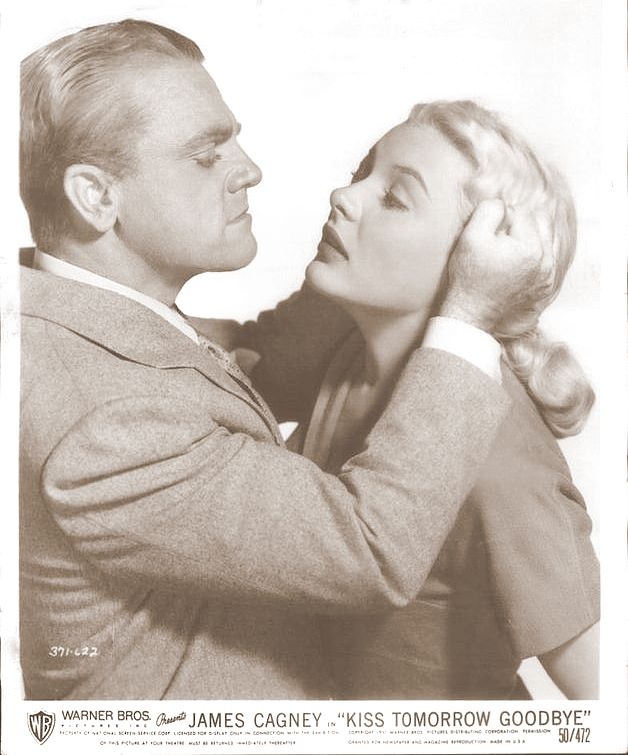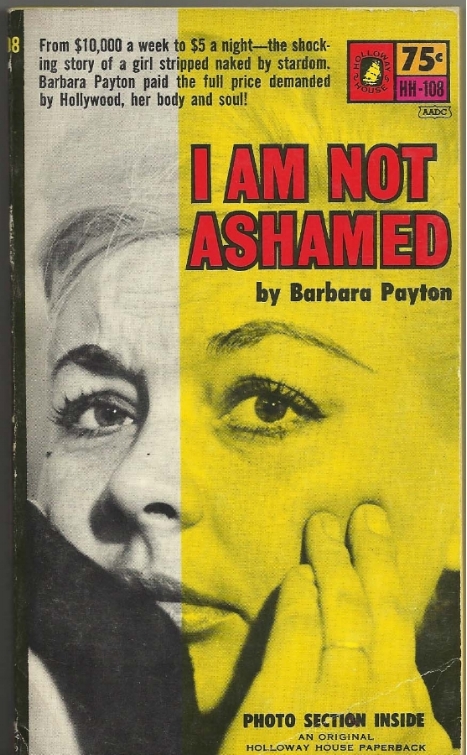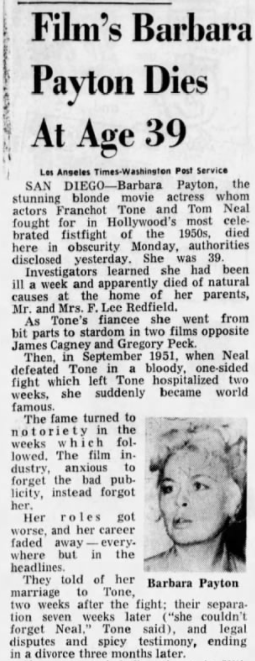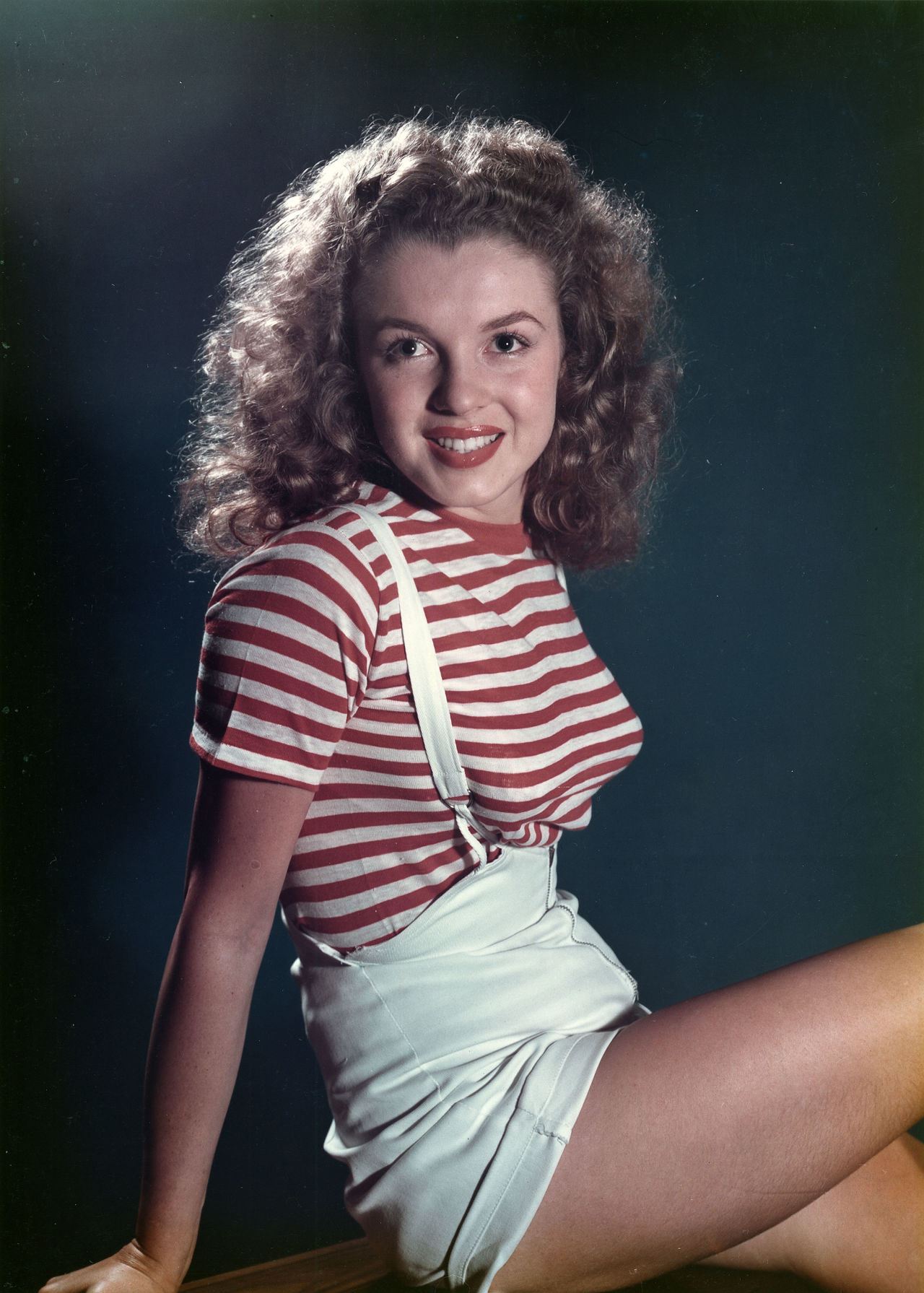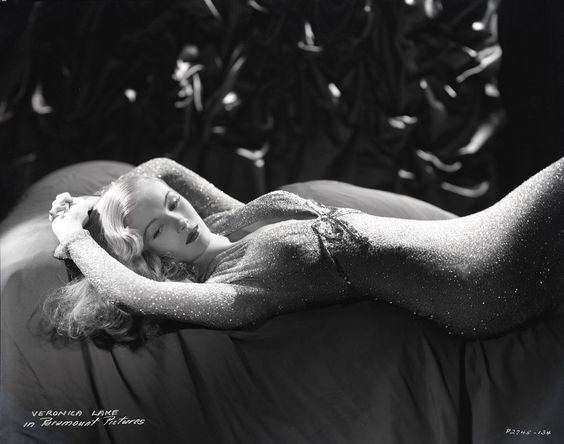Listen, download this episode, or find on iTunes.
In our Joan Crawford series, we talked about Barbara Payton as the young, troubled third wife of Crawford’s ex Franchot Tone, whose inability to choose between Tone and another actor brought all three of them down into tabloid Hell. Today, we revisit Payton’s story, and expand it, to explore her rise to quasi-fame, and the slippery slope that reduced her from “most likely to succeed” to informal prostitution, to formal prostitution, and finally to a way-too-early grave.
Show notes:
I wrote our first episode on Barbara Payton, during the Joan Crawford series, while I was living in London, and I couldn’t get my hands on an actual copy of I Am Not Ashamed, Payton’s ghostwritten autobiography. Shortly after I returned to Los Angeles, I found a copy at Larry Edmunds Bookshop on Hollywood Boulevard -- apparently it was re-released, in the US at least, in paperback shortly before I made the original episode. So though this was originally intended to be a re-run, this episode is now more new than old.
Sources:
I Am Not Ashamed by Barbara Payton

